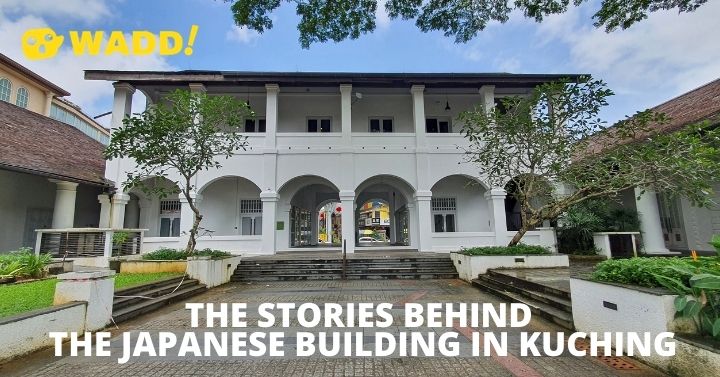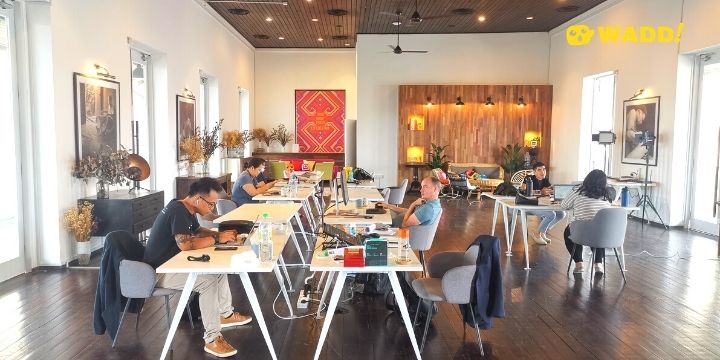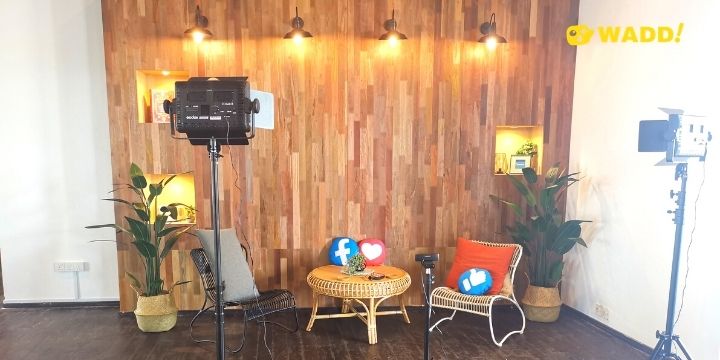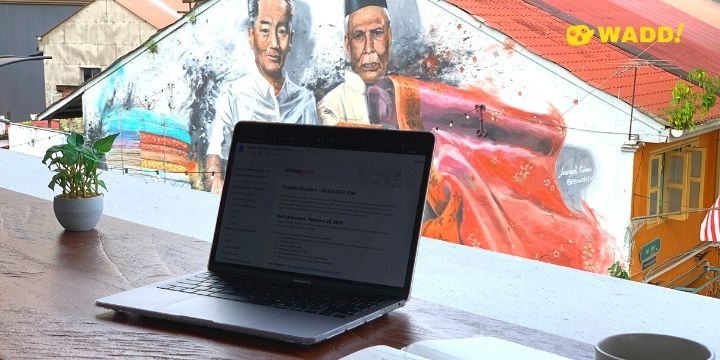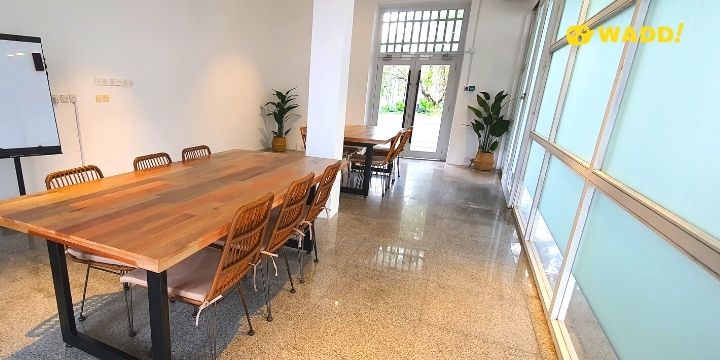16 December 1941 marks the landing of the Japanese's 124th Infantry Regiment and the 2nd Special Naval Landing Force in Tanjung Baram, Miri. Subsequently, by Christmas eve, they had successfully conquered Kuching, Sarawak.
Most of the European officer in Sarawak were captured and placed in the Batu Lintang camp. Apart from that, officers from North Borneo and anyone associated with the Brooke regime was placed there. Batu Lintang camp was the biggest Prisoner of War (POW) and civilian internment facility in Borneo. It was opened in August 1942 and closed in September 1945.
One other Japanese remnants is The Japanese Building, located between India Street and also Carpenter Street.
The Japanese Army Headquarters arrived in Miri in early May 1942 to assume control of local forces. Lieutenant General Marques Toshinari Maeda was elected as the first commander. Maeda chose Kuching, which was used by the Brooke regime instead of Miri as headquarters and base of operation. Hence, the building of the Japanese Building located adjacent to the Old Court Court.
The Japanese Building is the only purpose-built administrative building by the Japanese Occupational Force during the Second World War. The building totally cut off the connection from India Street and Carpenter street. It was only in 1989; the Sarawak Government built a passageway was through the building.
The Japanese Building was built with blood and sweat from the POWs captured at the Batu Lintang Camp. According to the article, the POWs had to walk 3 miles from the camp to the site early in the morning and walk back in the evening.
The Japanese paid these workers with "banana money" for the "hard work".

Notes issued by the Japanese Government during the occupation of Malaya, North Borneo, Sarawak and Brunei, used in Batu Lintang camp, Sarawak (1942–1945). Image source via Wikipedia
After World War II
After the Japanese surrendered unconditionally on Aug 15, 1945, the Japanese building was first used as the court’s library.
Subsequently, it was used as a middle-eastern restaurant called 'Little Lebanon', which operated in the early 2000s.

The exotic exterior of Little Lebanon at the Japanese Building, Kuching. Image source via skinfrosting.wordpress.com

One of the first shisha available at that time in Kuching. Image source via skinfrosting.wordpress.com

Middle-Eastern yummies at Little Lebanon Kuching. Image source via skinfrosting.wordpress.com
After Little Lebanon closed its door, it was left vacated for a while. In 2018, one of the Japanese Building rooms was used in an exhibition for the Rainforest Fringe Festival.
At the end of December 2020, the Japanese building is revitalised and revamped into a coworking space called iCube Studio. iCube Studio is an affordable coworking space suitable for entrepreneurs, freelancers, startups, innovators and business owners. With Facebook Malaysia as their program partner, iCube Studio aims to upskill local Sarawakian businesses and grow the coding community through its Facebook Blueprint Program and Developers Circles.
The upper floor for the iCube Studio is the coworking space. Image source via iCube Studio
The "live" streaming studio corner. Image source via iCube Studio
Outside seating overlooking the India Street Kuching. Perfect outdoor space to work and chill. Image source via iCube Studio
Apart from the coworking space and live studio, the lower ground is transformed into a meeting room available for rent.
The lower ground is transformed into a meeting area. Image source via iCube Studio
Reference:
- The Japanese Occupation In Borneo 1941-1945 by Ooi Keat Gin
- Kajomag
- Sarawak Tourism Sarawak
- Penang-Traveltips
- iCube Studio by iCube Innovation

